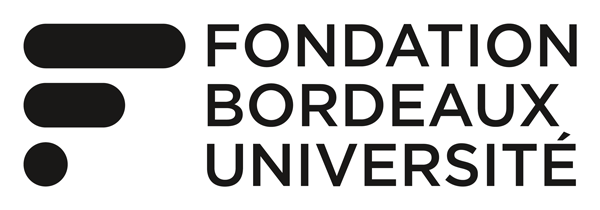Abstract
BACKGROUND:
Magnetic resonance imaging (MRI) methods for chemoradiotherapy (CRT) response assessment of rectal cancer include posttreatment T staging (ymrT), tumor regression grading (mrTRG), volume reduction posttreatment, and modified RECIST measurement. We compared these methods in identifying good versus poor responders with the histopathological standards of T stage (ypT) and tumor regression grading (TRG).
METHODS:
A total of 86 patients underwent CRT in a prospective phase II trial for MRI-defined locally advanced rectal cancer. Two readers independently assessed MRIs for ymrT, mrTRG, volume change, and RECIST. Parameters for each case were categorized as good or poor response and analyzed against ypT and TRG by univariate logistic regression.
RESULTS:
A total of 83 patients had evaluable imaging, and 78 had final pathology (five did not undergo surgery). Of these, 34 patients had good response (ypT0-3a) and 44 had poor response (>ypT3a). Also, 27 patients had favorable pathologic TRG (predominant fibrosis) and 51 had unfavorable TRG (predominant tumor). Good mrTRG and ymr <T3b stage were both significantly (P = 0.001) associated with favorable pathology odds ratio [OR] = 16.11 (95 % confidence interval [95 % CI]: 3.36-77.29) and 17.50 (95 % CI: 5.38-56.89), respectively. RECIST measurements and volume reduction of >80 % showed an OR of 3.23 (95 % CI: 1.14-9.17), 4.25 (95 % CI: 0.92-15.45), respectively, for a good ypT score (P = 0.028), but there was no association for histopathological TRG.
CONCLUSION:
Favorable and unfavorable histopathology are predicted by both ymrT and mrTRG, and we recommend these parameters for post-treatment assessment of rectal cancers treated with CRT.
